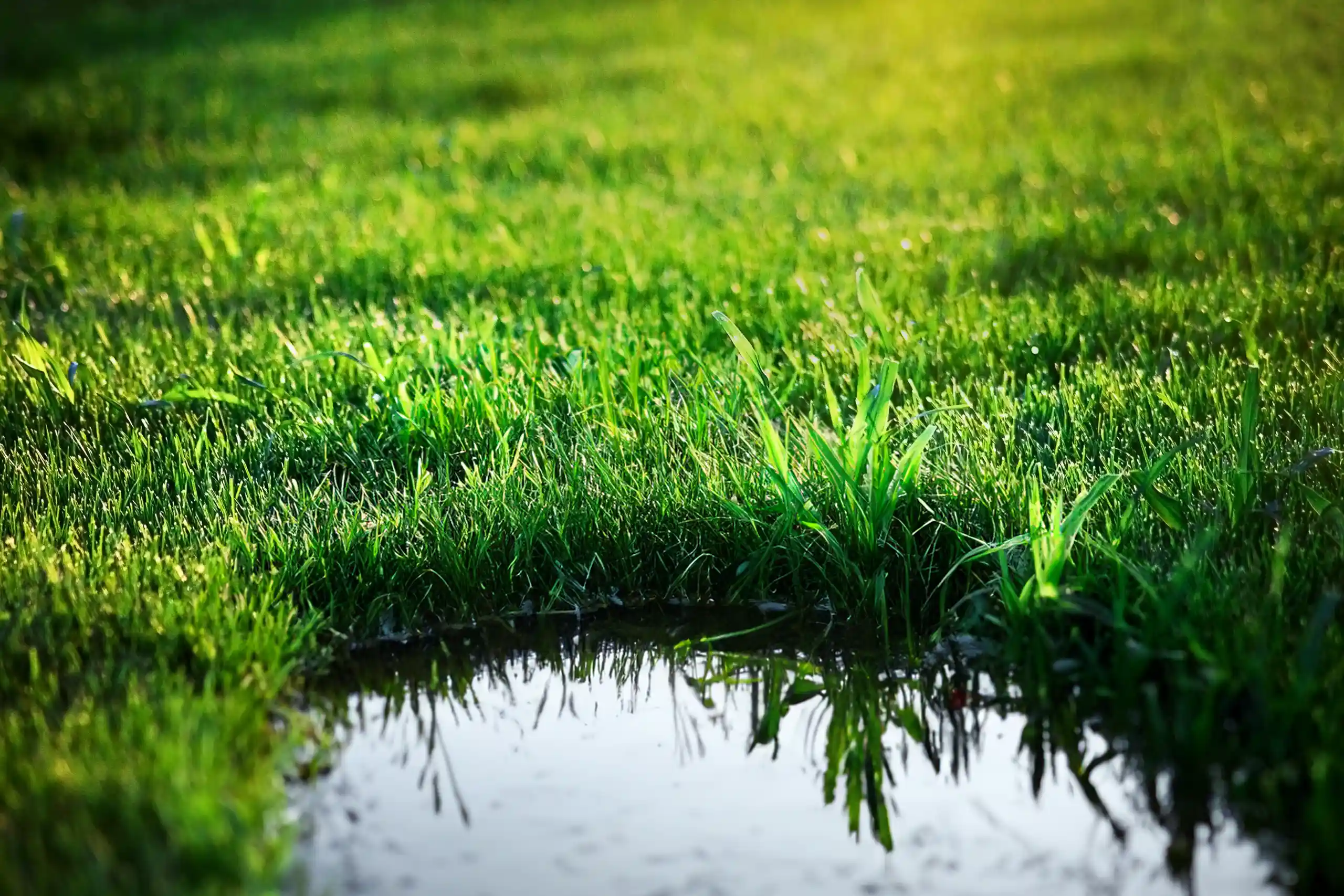After the harsh conditions of winter, one of the most common challenges gardeners can face is a waterlogged lawn.
Winter brings increased rainfall that can cause large pools of water to form on your lawn, leaving it muddy and soggy.
Waterlogging can cause significant damage to your lawn, resulting in poor health and appearance.
In this guide, we will cover everything you need to know about dealing with a waterlogged lawn, including the causes, steps to fix it, and the preventative measures you can take.
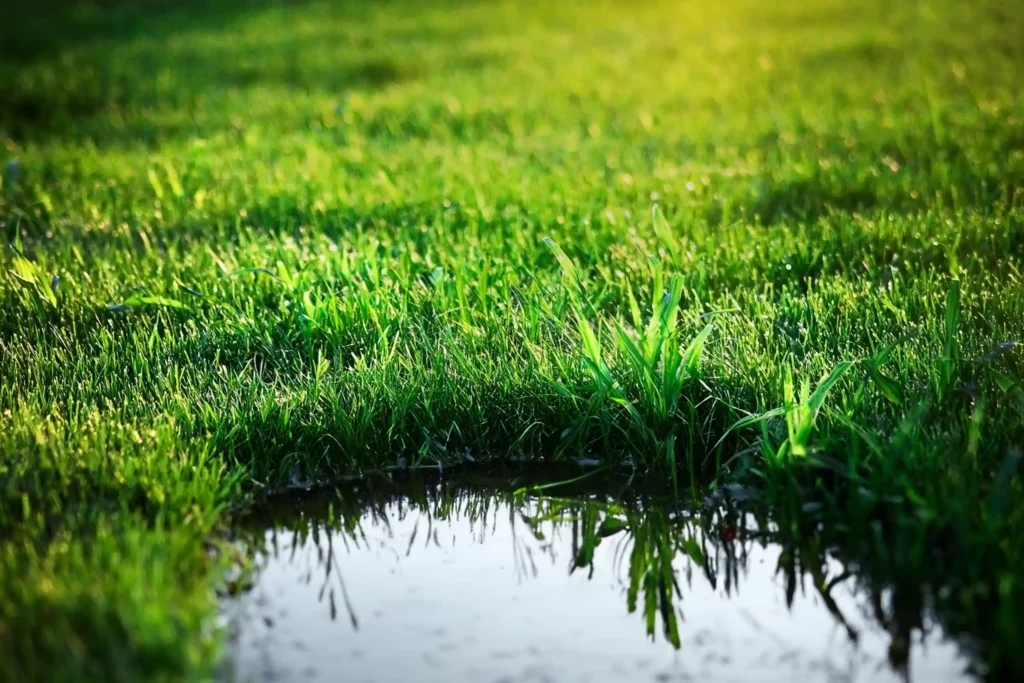
What causes waterlogging?
Waterlogging usually occurs after frequent or heavy rainfall, leading to a buildup of water on your lawn.
Water buildup is caused by the soil becoming oversaturated and no longer able to absorb water effectively.
Although puddles and soggy patches may not seem like a cause for concern, they are actually depriving your grass roots of oxygen and nutrients, and making them more susceptible to pests and diseases.
Some other factors which can make your lawn more susceptible to waterlogging include:
- Poor drainage. If you do not have an adequate lawn drainage system in place, you will find that water will easily build up, as it has nowhere else to go. Similarly, if your lawn is in a low-lying area or has slopes, you will find that these spots naturally collect water
- Soil compaction. Regular foot traffic, weather conditions, and lawn equipment can cause soil particles to become tightly pressed together, significantly reducing the space for nutrients, water, and air to get to your grass roots
- Thatch build-up. A thick layer of thatch can act like a sponge, absorbing water and keeping it on the surface of your lawn
- Soil composition. Different soil types drain better than others, so it is important to be aware of your soil type before choosing the best course of action
- Poor root system. A lawn with a poorly developed root system can also be the cause of waterlogging. You can ensure this does not happen by overseeding your lawn in early spring or autumn using our expertly blended Thick & Thriving Grass Seed Mix, formulated to create lush and thick lawns
Common signs of a waterlogged lawn
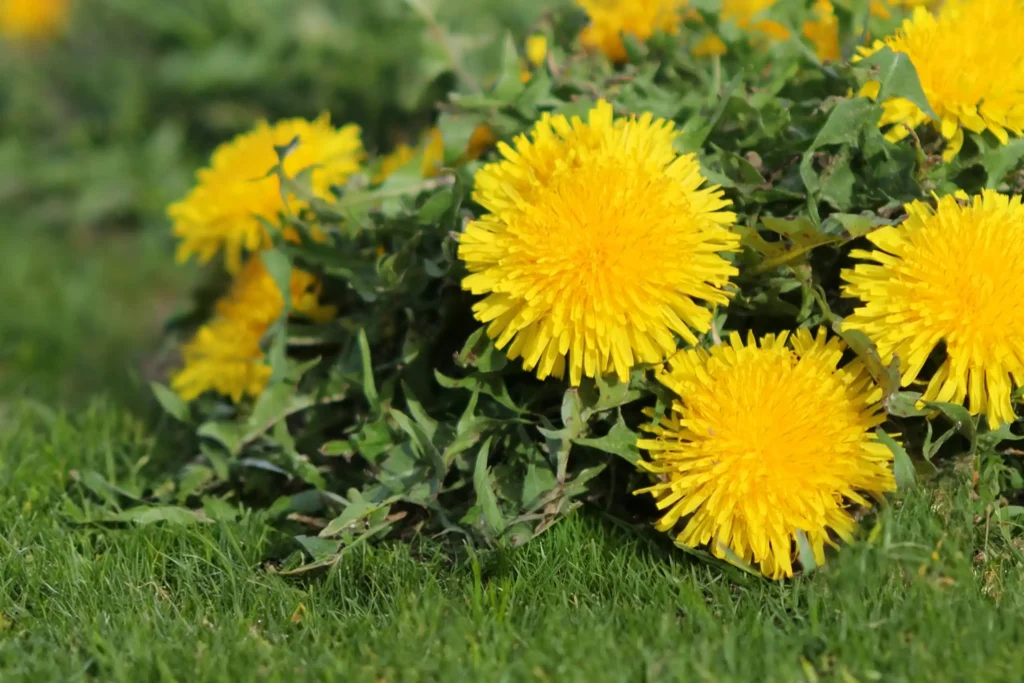
Identifying if you have a waterlogged lawn is the first step towards fixing it.
Here are some of the most common signs to look out for:
- Pools of water. If your lawn drainage is poor, you will find that pools of water remain long after rainfall or watering
- Soggy or spongy texture. Your lawn will feel squishy or spongy underfoot
- Discolouration. Grass will turn yellow or brown as it will not be receiving the nutrients it needs
- Weed and moss growth. Too much moisture creates the perfect conditions for weeds and moss to thrive
- Bare patches. If action is not taken quickly, a persistently waterlogged lawn will lead to bare patches appearing, leaving your lawn vulnerable to pests and diseases
Can you aerate a waterlogged lawn?
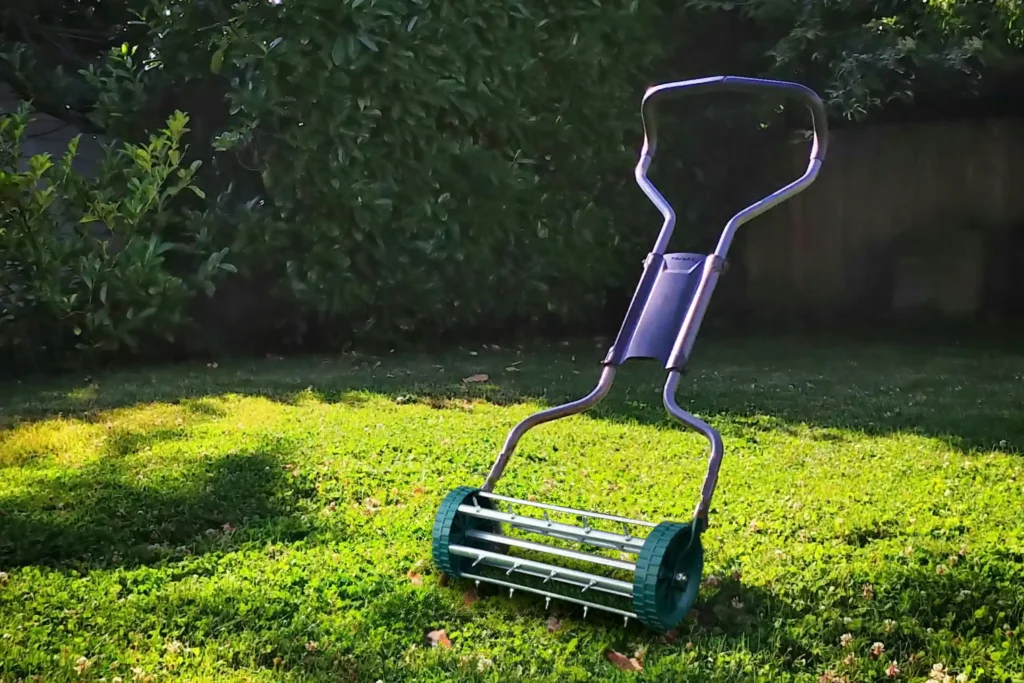
We do not recommend aerating a waterlogged lawn, as this can cause further damage to your lawn and cause further soil compaction.
To achieve the best results, you should wait until the soil is moist and not saturated.
Ideally, you should wait approximately one to two days after rainfall to allow any excess water to evaporate.
If you find that there is still water sitting on your lawn after this time, you can gently remove it with a flat shovel or siphon pump.
It is important to remember that you should always aerate your lawn when grass seeds are actively growing.
Warm-season grasses should be aerated in late spring or early summer, while the ideal time for cool-season grasses is early spring or autumn.
How do I drain water from my lawn?
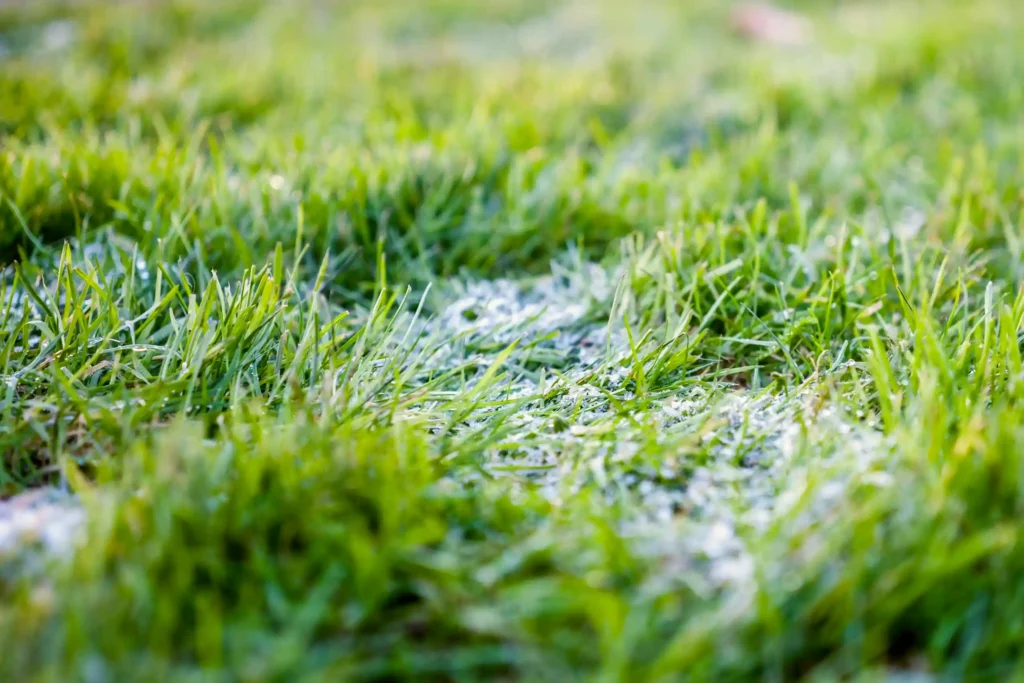
Now that you are aware of the signs, causes, and conditions for aerating your lawn, it is time to explore how you can effectively drain water from your lawn.
| Top Tip To achieve this, you need to follow the below immediate actions: 1. Keep off the grass. Try to avoid walking on your lawn as much as possible, as this can compact the soil further and damage already fragile grass blades further 2. Identify problem areas. Take the time to assess which areas are frequently collecting more water than others. They may require more attention further down the line. 3. Remove standing water. If excess water has not evaporated and is still standing on your lawn, you should remove it to prevent it from saturating the soil |
Once you have completed these short-term actions, you can move onto longer-term solutions to improve your grass’ drainage and prevent further issues:
- Aerate your lawn. Once the soil is moist and not saturated, you can use a garden fork to create tiny holes and puncture the soil to relieve compaction. If you have a larger garden, you may want to consider using an electric aerator to save time
- Add top dressing. After aerating your lawn, we recommend adding a thin layer of sand or sand-soil mix over the lawn. This mixture will help improve soil structure and allow water to pass through more easily
- Install a drainage system. One of the most effective ways to prevent waterlogging and improve your lawn’s drainage is by installing a drain system. The French drain is a popular choice, as it is an underground system that redirects water away from specific areas. It is an effective solution, particularly for lawns which are prone to flooding.
- Consider a rain garden. Plant more water-tolerant plants in areas more prone to gathering water so they can soak up any excess moisture
Does sand help lawn drainage?
Yes, sand is an effective way of improving your lawn drainage, but it must be combined with compost or top dressing.
Sand can break up heavy clay soils by creating space between its fine, compact particles, allowing water to flow easily through the ground.
In addition, adding sand helps to reduce the density of clay soils, making it lighter and less sticky, reducing the risk of compaction.
Does waterlogged grass grow back?
Generally, waterlogged lawns can naturally recover as conditions start to dry out, although this does depend on the severity of the damage.
To return your grass to its former lush, green glory, it is best to start any repairs as soon as possible.
However, it is important to know that your lawn’s recovery process will depend on the following factors:
- How long the lawn has been waterlogged
- Extent of damage
- Quality of aftercare
How to prevent waterlogging in the future

It may seem like dealing with waterlogging will be an inevitable part of your lawncare routine, but it does not have to be.
By following a few simple lawncare maintenance tips, you can avoid this issue and ensure your lawn stays healthy and thriving, whatever the weather.
| Top Tips Use these tips to prevent future waterlogging: Aerate regularly. If your lawn is prone to waterlogging, we recommend spiking it as needed in autumn to improve drainage and relieve compaction Nourish your lawn. Ensure your grass is well-fed with our high-quality Perfect Prep Fertiliser, blended with essential nutrients to promote strong root growth for a vibrant and dense lawn Monitor soil compaction. Regularly check for signs of compaction so you can address these earlier. An easy way to do this is by using a soil test Consider a drainage system. If you live in an area that experiences frequent rainfall, you may want to consider installing a drainage system, like a French drain, dry well or rain garden. These systems redirect excess water away from your lawn and prevent it from pooling Regular mowing. Make sure to trim your lawn regularly to prevent the grass from growing too long and forming a dense layer that can trap water on the surface Avoid overwatering. It might seem obvious, but only water your lawn when necessary. In addition, tailor your watering schedule to the weather conditions and your soil’s moisture levels Keep on top of thatch. Regularly dethatch your lawn to prevent a build-up of organic matter, which not only blocks air, nutrients, and water from reaching the soil, but can also lead to waterlogging Check drainage systems. Ensure any drainage systems are kept free of debris and are working correctly Monitor your lawn. Look for early signs of waterlogging which include grass discolouration, slow drainage, and water pooling |
Ready to protect your lawn?
Preventing waterlogging and maintaining a healthy lawn requires dedicated care and attention, but it does not have to be overwhelming.
By understanding the causes and signs of waterlogging and how you can prevent it, you can ensure your lawn stays resilient and healthy throughout the year.
Give your lawn the care it deserves and take our quiz to be matched with your perfect products.
